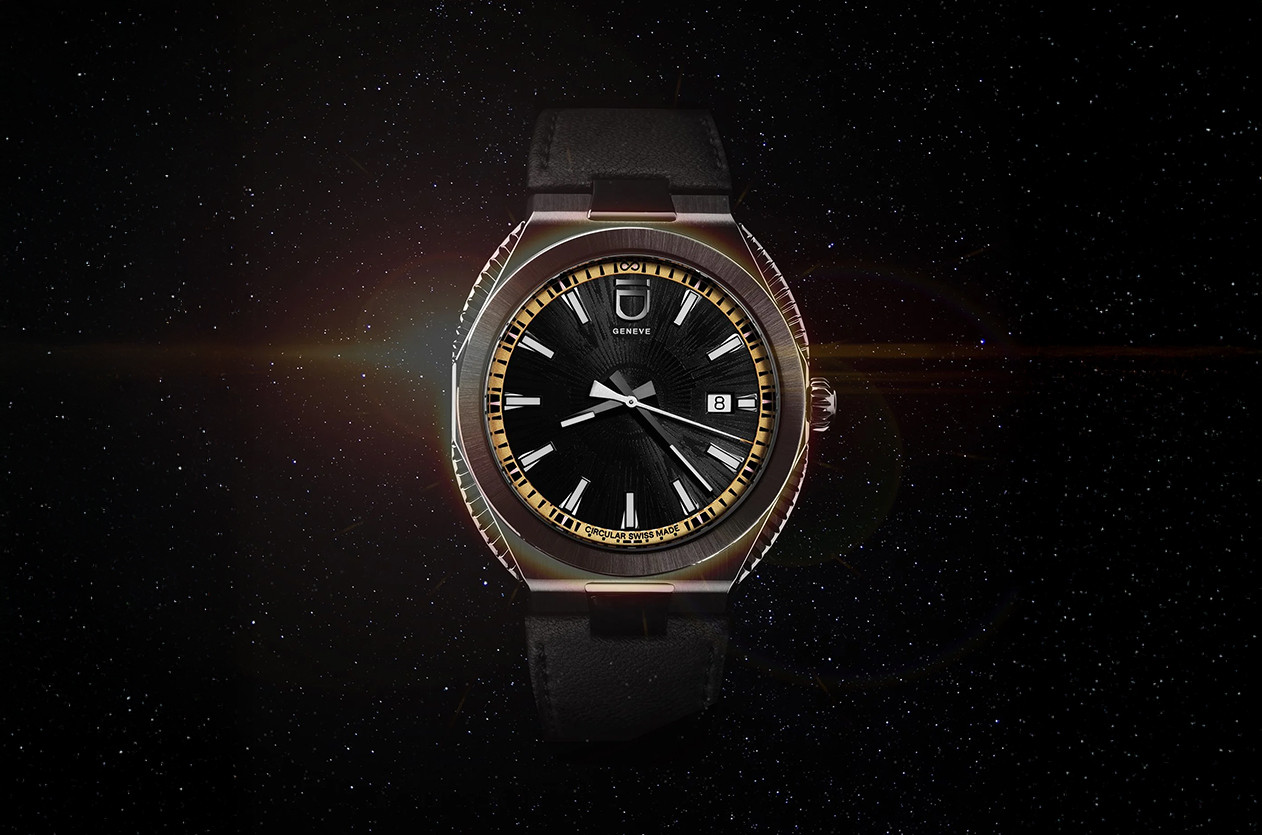
Introducing ID Genève Unveils the Circular S Eclipse
Welcome to the hub of the horoloy
A Mechanical Marvel That Combines Watchmaking Precision with Aviation-Inspired Design
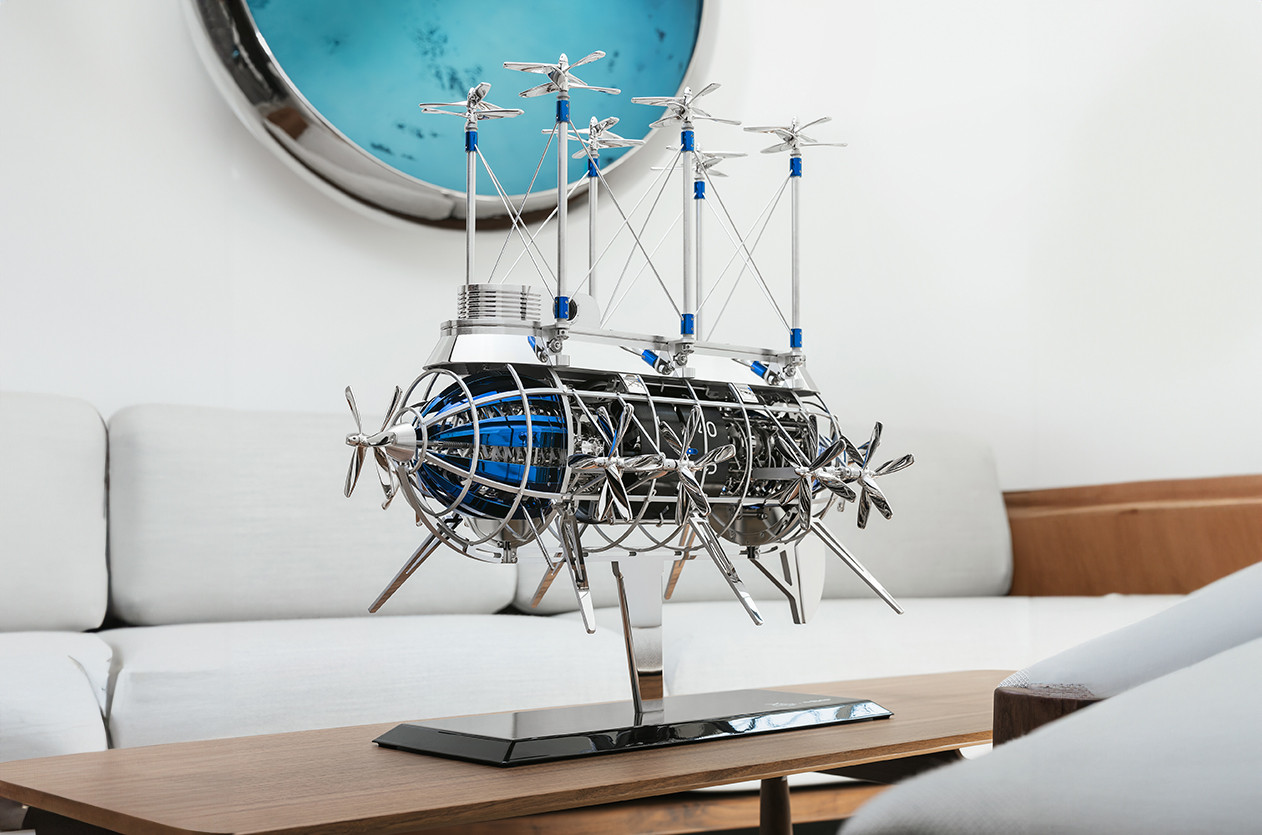
A clock or highly complicated mechanical mechanism, designed by the renowned clockmaker L’Epée 1839 in collaboration with MB&F, the horological laboratory founded by Maximilian Büsser. Two of the most iconic companies in their respective fields have come together to create a remarkable piece of art: the Albatross by L’Epée 1839 and MB&F.

Recently, both companies entered a new era as LVMH acquired L’Epée, bringing the brand into its luxury French group, while Chanel acquired a 25% stake in MB&F. Despite these significant shifts, both companies have assured that they will continue to operate independently, maintaining their unique identities with the support of these prestigious groups.

After a decade of collaboration and 15 different clock creations, the L’Epée 1839 X MB&F Albatross stands as their most technically ambitious co-creation to date. Comprising a staggering 1,520 components, the Albatross features a striking hour function that chimes both the full hours and a single strike on the half-hour. It also boasts an automaton with 16 pairs of propellers that spring to life every hour.

The Albatross, designed by Eric Meyer, draws inspiration from the “Albatross” airship in Jules Verne’s novel Robur the Conqueror, as well as from the rockets and hot air balloons imagined by the French author, known for his fascination with flight. Verne’s works have previously inspired several MB&F creations, including the Legacy Machines collection, particularly a series of unique pieces engraved by master engraver Eddy Jaquet.

The clock’s technical specifications are equally impressive: made from a combination of brass, steel, and aluminum, the Albatross weighs 17 kg and measures 60 cm in length, 60 cm in height, and 35 cm in width. When the clock strikes the hour, the aircraft springs into action, preparing for take-off as its 32 rotating propellers whirl for approximately seven seconds.
The clock is powered by two separate movements and two winding systems. One movement drives the time and the striking hour function, utilizing two separate barrels, while the second movement powers the propellers through a third barrel. The striking hour is manually wound via the front propellers – clockwise for the striking hour and anti-clockwise for the time – while the rear propellers wind the automaton. The clock offers a power reserve of eight days for the timekeeping and chiming functions, and one day for the automaton.

The Albatross is also the first clock ever to feature a “propeller hour” function. Its innovative mechanical system allows the future owner to independently activate or deactivate the chiming and propeller functions. Two “on-demand” buttons also enable the chime and propellers to be activated separately.
A closer inspection of the propellers reveals their intricate operation. Working in pairs, they rotate in unison to create the illusion of greater speed, turning in approximately 7 seconds for half a rotation or 14 seconds for a full turn. This ensures that they remain visible at all times without creating excessive wind. The propellers on the left side rotate in one direction, while those on the right side spin in the opposite direction, as if the airship were genuinely preparing for lift-off. Notably, the propellers engage instantaneously when the hour strikes, showcasing the extraordinary attention to detail that has gone into the creation of the Albatross.

Understanding the curiosity of "grown-up children," the creators designed the Albatross with protective measures to prevent any damage caused by unauthorized tampering with the propellers. The clock also features a miniature cockpit, complete with a dashboard and ship's wheel, visible through a porthole – a delightful detail for inquisitive minds. Although the dashboard was not part of the original plan, it was added as soon as the idea of a see-through element was introduced, providing a hidden world of detail for admirers.

The Albatross is available in five colors – blue, red, green, champagne, and black – each limited to just eight pieces. The colors are achieved using a translucent cold lacquer, similar to enamel, allowing the various finishing techniques to shine through. This sophisticated coloring method offers a depth that surpasses standard anodizing and took years for L’Epée to perfect.
For more information please visit the official website of L’Épée 1839.

Hands on The Summit Collection: A Strong First Step for New Brand Earthen
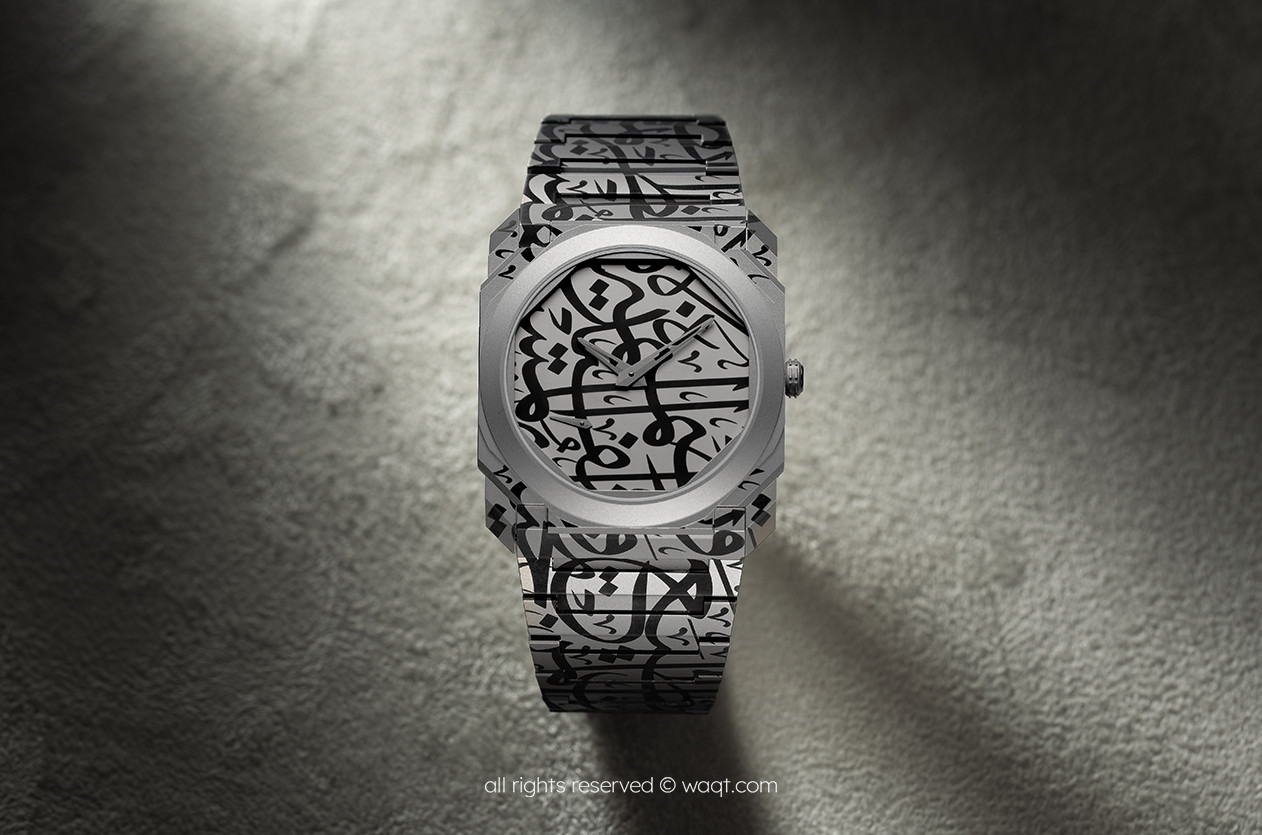
First Look Octo Finissimo Adorned with the Words of H.H Sheikh Mohammed bin Rashid Al Maktoum
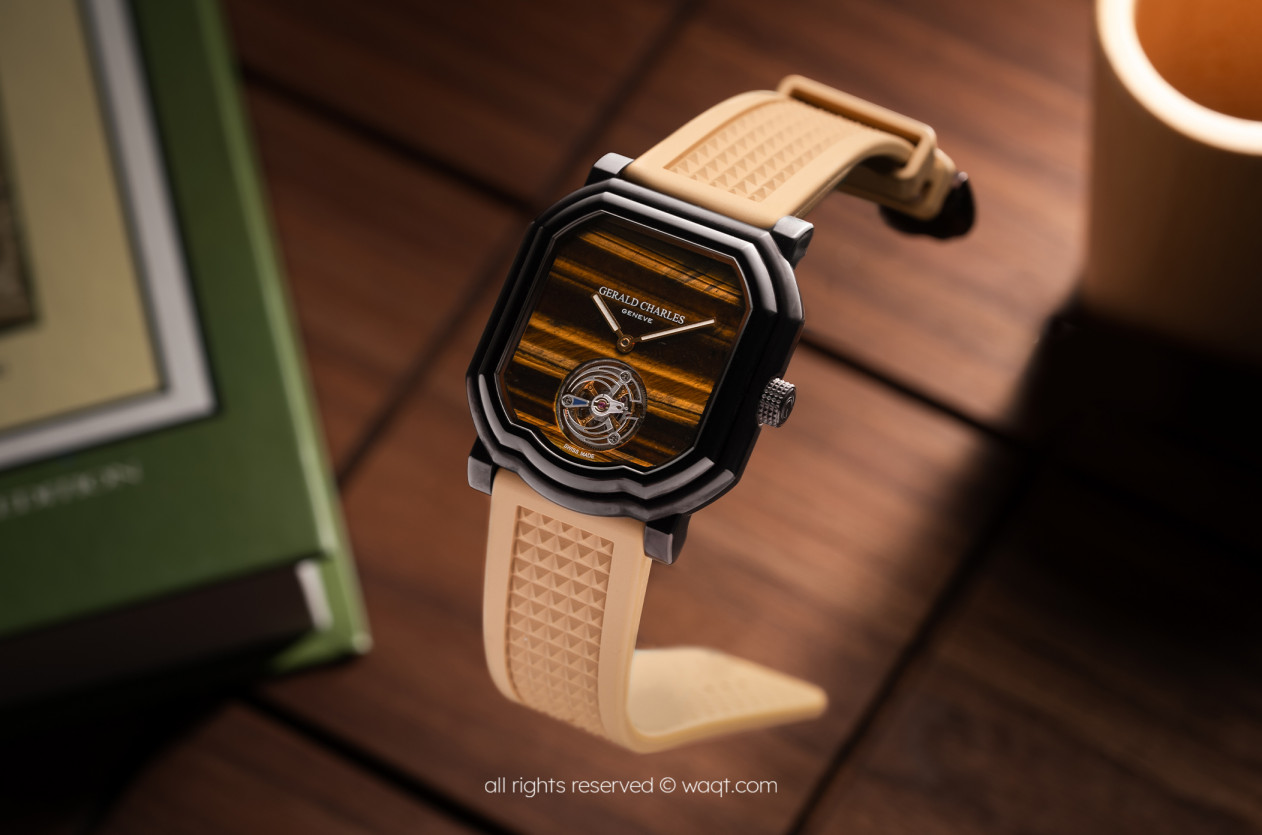
First Look Ahmed Seddiqi & Gerald Charles Unveil the Tiger’s Eye Tourbillon

Introducing Breguet’s Enduring Legacy Comes to Life Once Again in the Classique 7235

Introducing L.Leroy Unveils the Osmior “Bal du Temps”

News Dubai Watch Week 2025 Will Be the Largest Ever with 90 Brands Participating
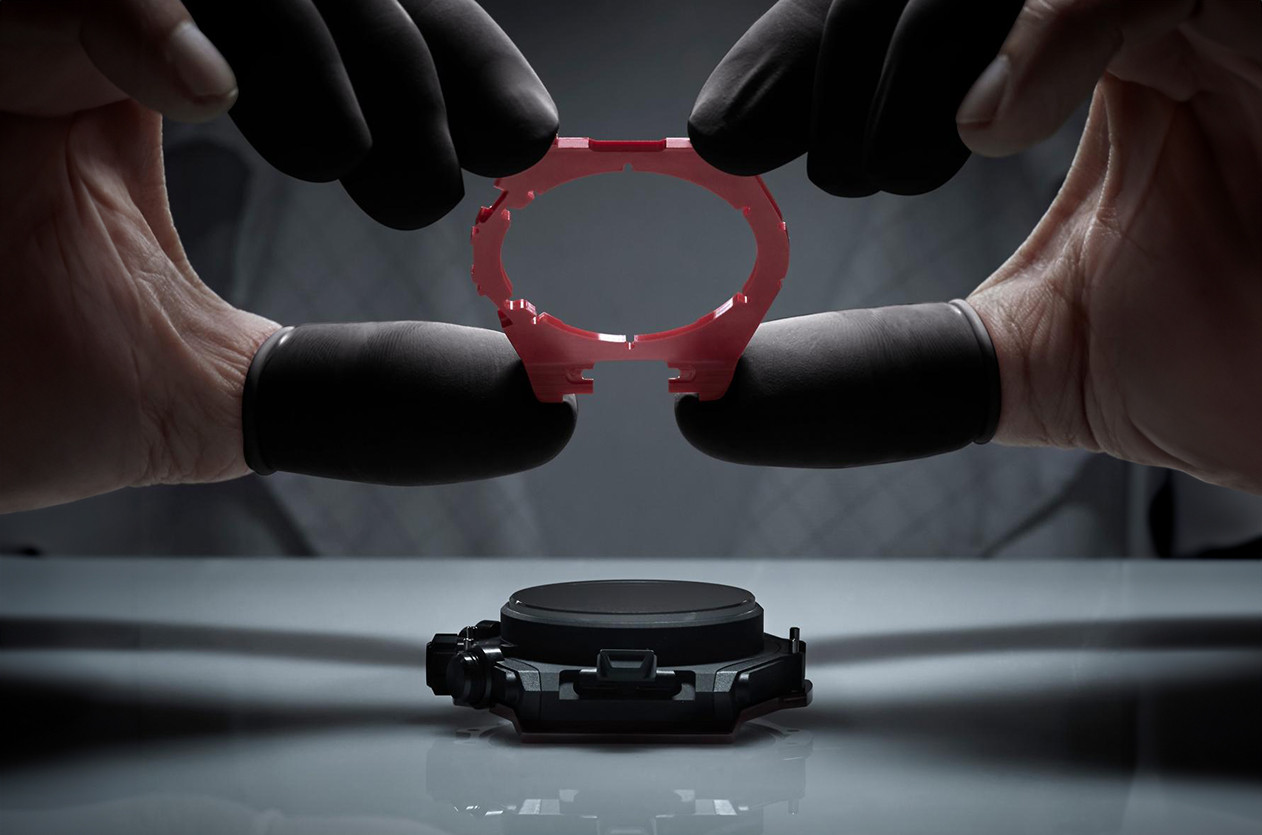
Editorial The Secrets of Watch Case Design

Hands on Phillips Presents Universal Genève’s First Timepiece Following Its Revival
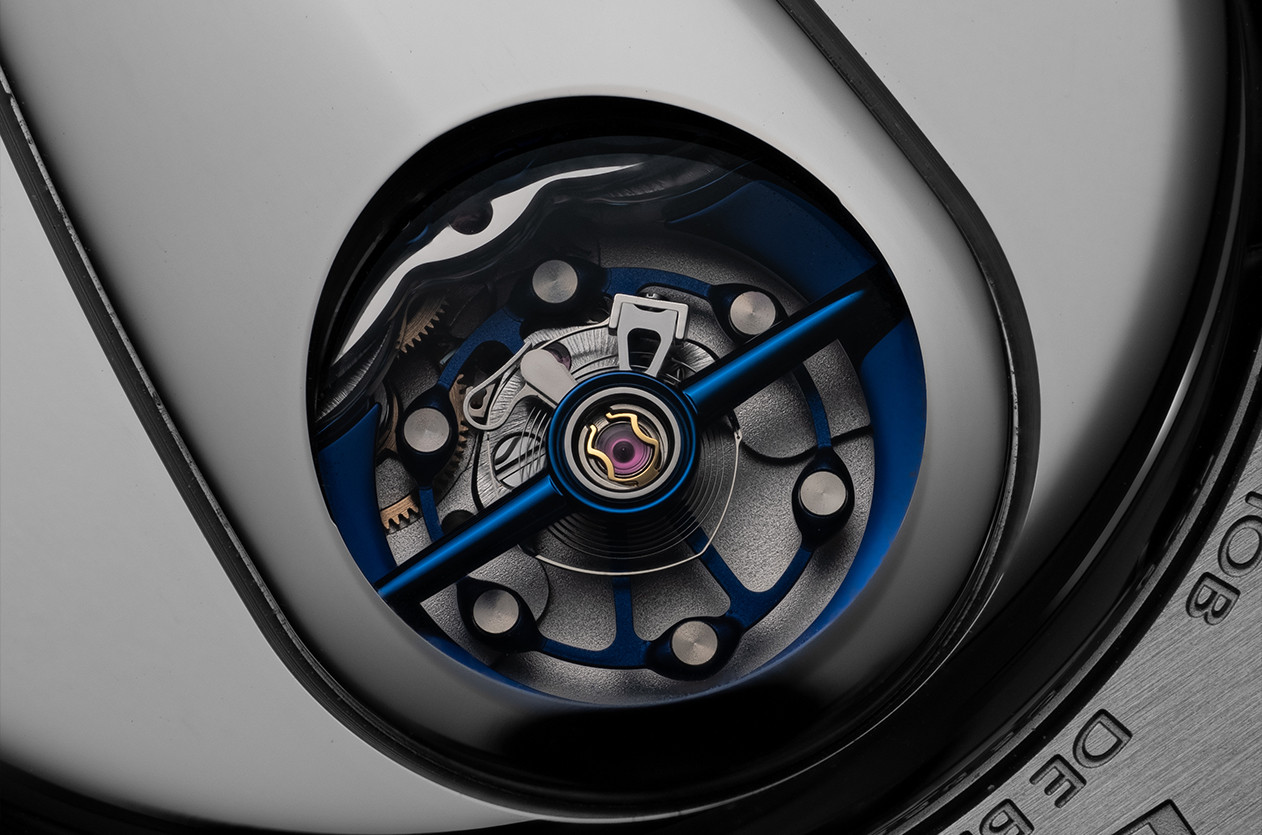
Technical The Frequency, Why It Matters in Mechanical Watches
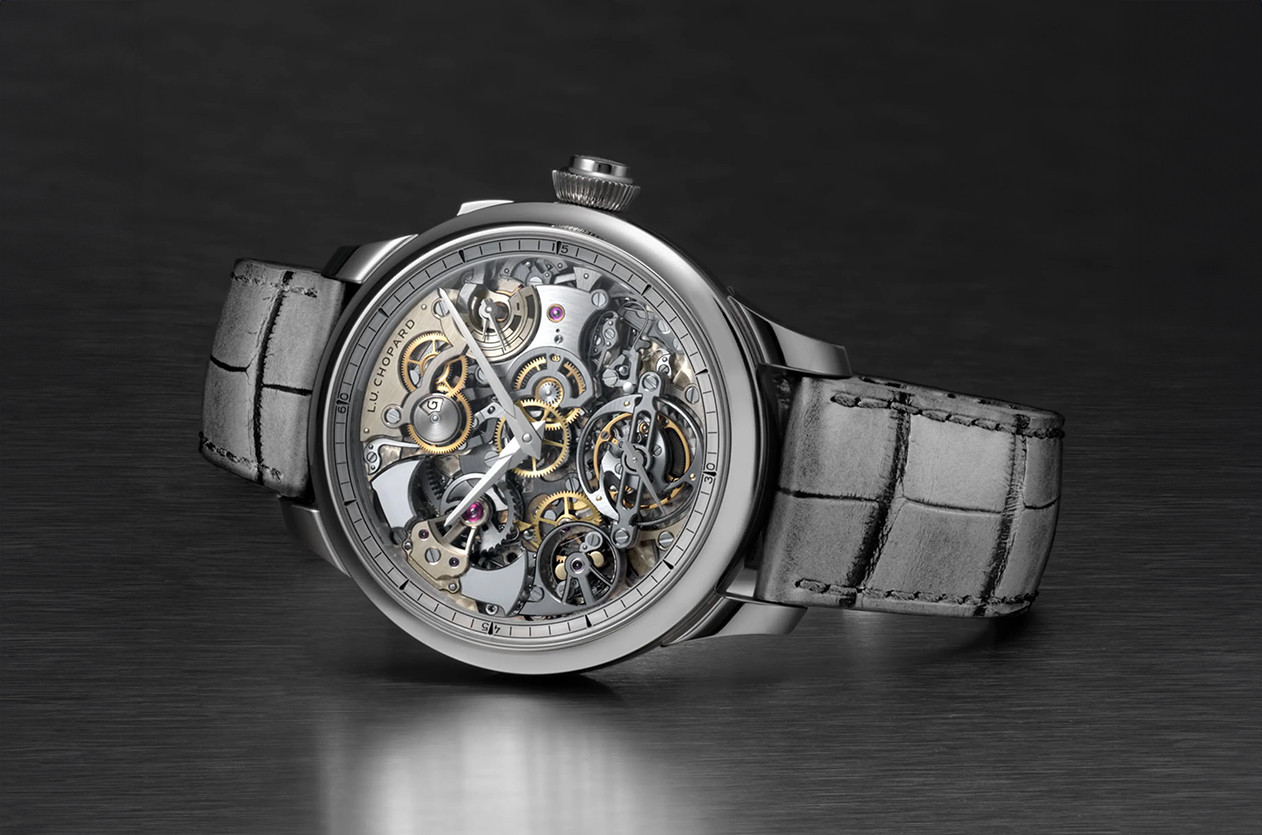
Introducing The New Chopard the L.U.C Grand Strike
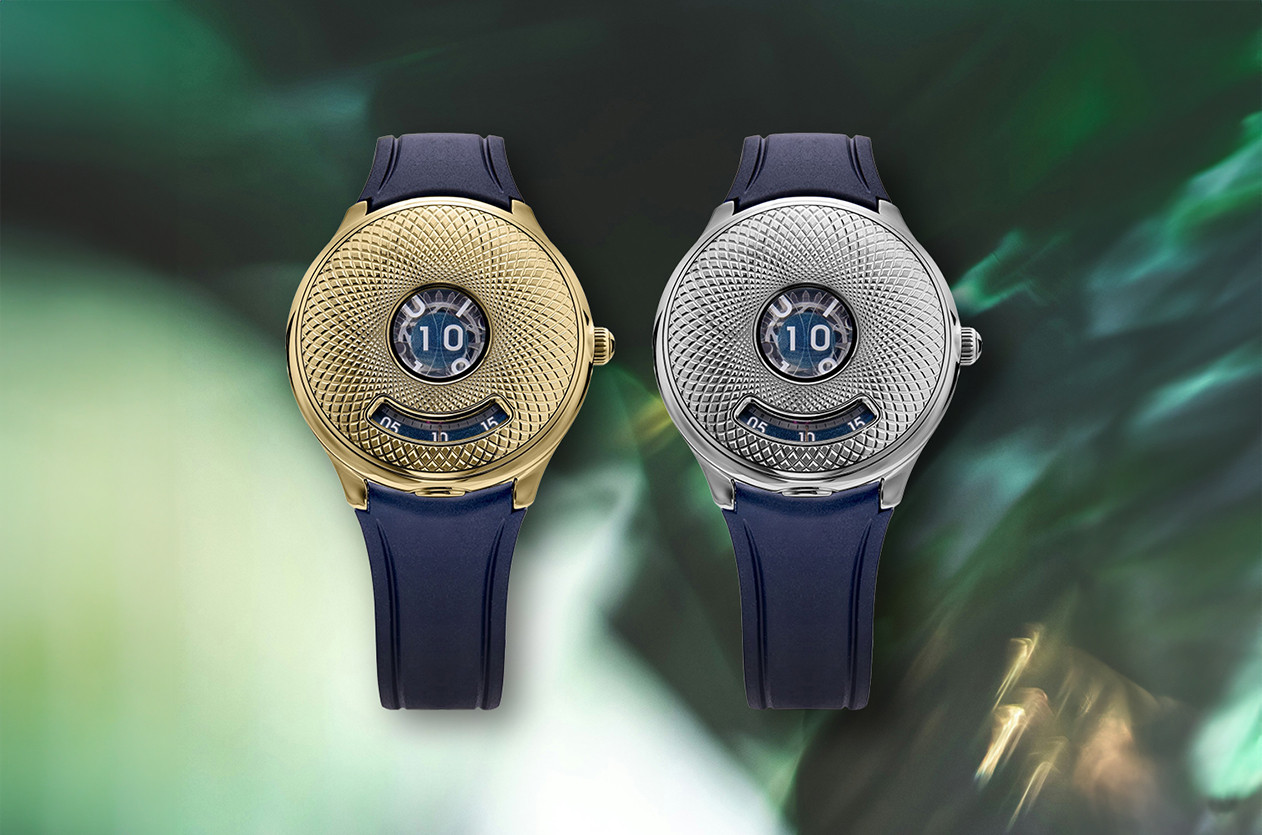
Introducing Czapek Unveils the Time Jumper 10th Anniversary
Comment Delete Text
This page is available in English only. Please click below to visit Arabic Home page!